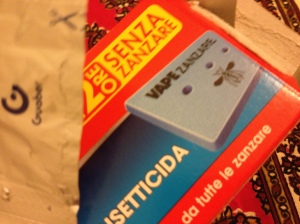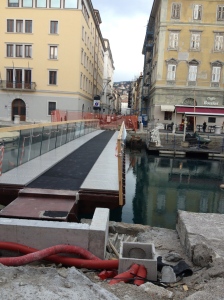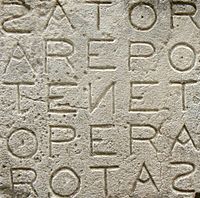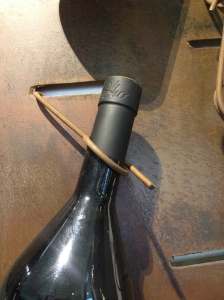Apart from the fact that I’m fast coming to the conclusion that it’s impossible to work full time, do all the family stuff AND blog, I am also having to recognise for the nth time that I easily stray from the matter in hand. Strangely enough, in Italy, at least in the circles we seem to move in, you are constantly reminded of how little commitment, dedication and focus you have. Most often, this shows up in the expectations parents have for their children.
Kids should do the best they can in EVERYTHING. If they are able, then they must work and work, practice and practice, and be the best they can be. If you are not being the best you can be, then parents have a right to punish you. These punishments are so harsh… my daughter’s eleven year old friend was telling me that she couldn’t come and play because she had been grounded (I don’t usually like Americanisms but this is the only word that means this in English I know of) – and no friends could come to her house. She had also been forbidden to watch television, use the internet, play games on the computer and read. (Hah! Not reading is a punishment – very cool). I looked at her aghast and asked her what was she doing then at home? “I study a bit, then I play a bit, then I study.”
“And why this punishment povera?”
“Because I only got 7 out of 10 in my test.”
At this point my daughter piped up, “If I get a 7 my dad jumps in the air’. Oh dear, said her friend, is he very angry? “No, she replied, “He’s really happy.”
This whole scene loses a LOT in translation, but never mind.
The downside of not doling out all these punishments is that maybe your kids AREn’t doing the best they can, and they’ll hate you for it afterwards.
Anyway, back to the crowded pavements… I was sat next to a lovely Indian professor on the bus who had just spent two months in Chanai after living in Trieste for twelve years. Now he’s going back to live there for good. Meantime, he’s back in Trieste.
“I really appreciate this” – he said, waving his arm to include the stunning cobbled pavements that line the road that travels next to the sea from the pineta in Barcola to the bivio that leads in one direction to the Castello di Miramare, and the other up the hill to the physics centre.
“I know”, I said, fully appreciating how breathlessly beautiful and life-giving this sea walk can be. “I love it too.”
“Well no, I mean, not this pavement, any pavement will do – just an empty pavement”, he said. “You can barely walk in Chanai. I don’t know if I’ll ever get used to it again.”
I remembered leaving London almost for the same reason – the unbearable claustrophobia of the tube at rush hour, the museums full at weekends, the crowded parks.
Later of course, thinking I might write about this for my blog, I went online to find out more about these crowded pavements. There were some great videos of bobbing heads of all kinds, weaving in and out, colliding on the sidewalks of New York. From New York I followed the weird internet path of connections to videos of the twin towers that fateful day. I had never watched a film of that event. I had just returned from Brazil (to London) that very day – on a long-haul flight myself and was already in a fog from jet lag. I thought it must be a joke. When I woke up later I knew it was true – and horrific and enough. I didn’t even consider watching it.
But now I have.




